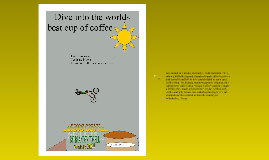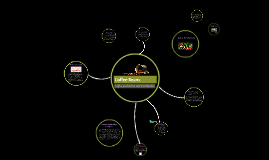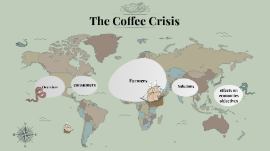Coffee beans
Transcript: Before drinking your daily dose of coffee Trade agreements Brazil, Canada, and the U.S. is apart of the free trade agreement and the WTO. As WTO members, the United States and Brazil agree to adhere to the General Agreement on Tarriffs and Trade (GATT) for goods; General Agreement in Trade in Services (GATS); Trade-Related Aspects of Intellectual Property Right (TRIPS); and other agreements for specific sectors or issues. USA BRAZIL TRADE ^ People from Brazil in the coffee industry get paid lower than minimum wage and most are not even registered with the government by their employers. Farm workers in coffee not only work in unfair conditions but they risk their lives to bring food home to their families and to make sure we drink our cup of coffee everyday in the U.S. ATC reports, discrimination against and lack of support for pregnant woman working on coffee farms. According to the IBGE's (2009), 80% of the paid coffee workers are coffee pickers and other farm workers doing manual, physically intense labor. Exports-Imports Route of international trade Where does coffee come from? Purple-other exports to the U.S and Canada from Columbia Red-exports to the U.S. and Canada from Brazil Green-Exports to the countries from Brazil Coffee beans A coffee bean is a seed of the coffee plant, the source for coffee, and a natural resource. It is the pit inside the red pr purple fruit often referred to as a cherry. Most of the worlds premium gourmet coffee is frown by around 35 countries. Brazil is one of the largest export for coffee. For instance, in Brazil alone, where almost a third of all the world's coffee is produced, over 5 million people are employed in the cultivated and harvesting of over 3 billion coffee plants. The United States and Canada are two big imports of coffee from Brazil. Sao Paulo, Brazil is were they exports their coffee beans. How much Brazil produces a year (lbs) 2000- 2,383,143,388 2001- 3,065,195,335 2002- 3,701,363,707 2004- 3,502,502,690 From Brazil to the USA From Brazil to Canada 2009- $775,554,997 2009- $59,796,303 2010- $2,227,758,111 2010- $83,569,303 2011- $1,895,789,794 2011- $127,662,924 2012- $1,137,435,823 2012- $102,161,125 2013- $981,571,777 2013- $87,769,116 Population The work behind the coffee Think about the labor that had to have been done to make your coffee and encourage others to look more into the labor behind coffee beans and make a change! Coffee Beans By:Lindy Nelson

















